All artwork © Helen Ahpornsiri
Spring
The winter frosts have melted and the long nights are growing shorter - spring has finally sprung. Snowdrops are the first flowers to rise, leading the way for more bright buds and blossoms. Chicks chirp in the trees, lambs frolic in the fields and tadpols wriggle in the shallows. Everywhere you look there is new life: all just the beginning of an incredible year in the wild.
Butterflies & blossoms
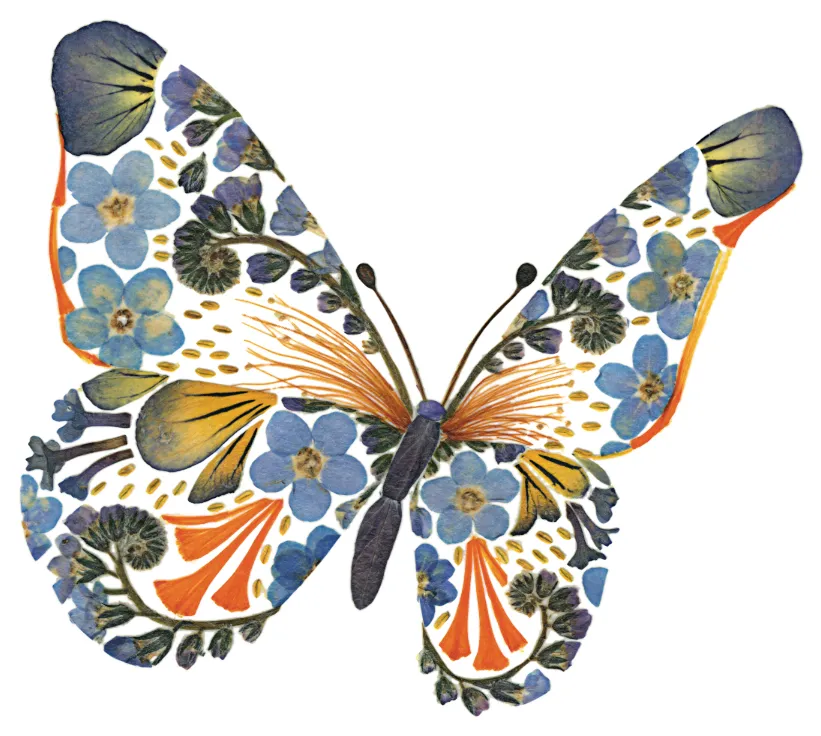
A spring breeze blows, carrying with it a f lurry of pink-white petals. They land, like snow, beneath the trees where butterf lies f lit between banks of bright f lowers.
The warm days of late spring tempt more and more butterflies to appear. Some have made long journeys on their migrations while others are just coming out of hibernation. The spring flowers provide a rich source of nectar for the butterflies – just what they need after the winter. You’ll see them most on calm sunny days, when neither wind nor rain can threaten their delicate wings.
Nest-building
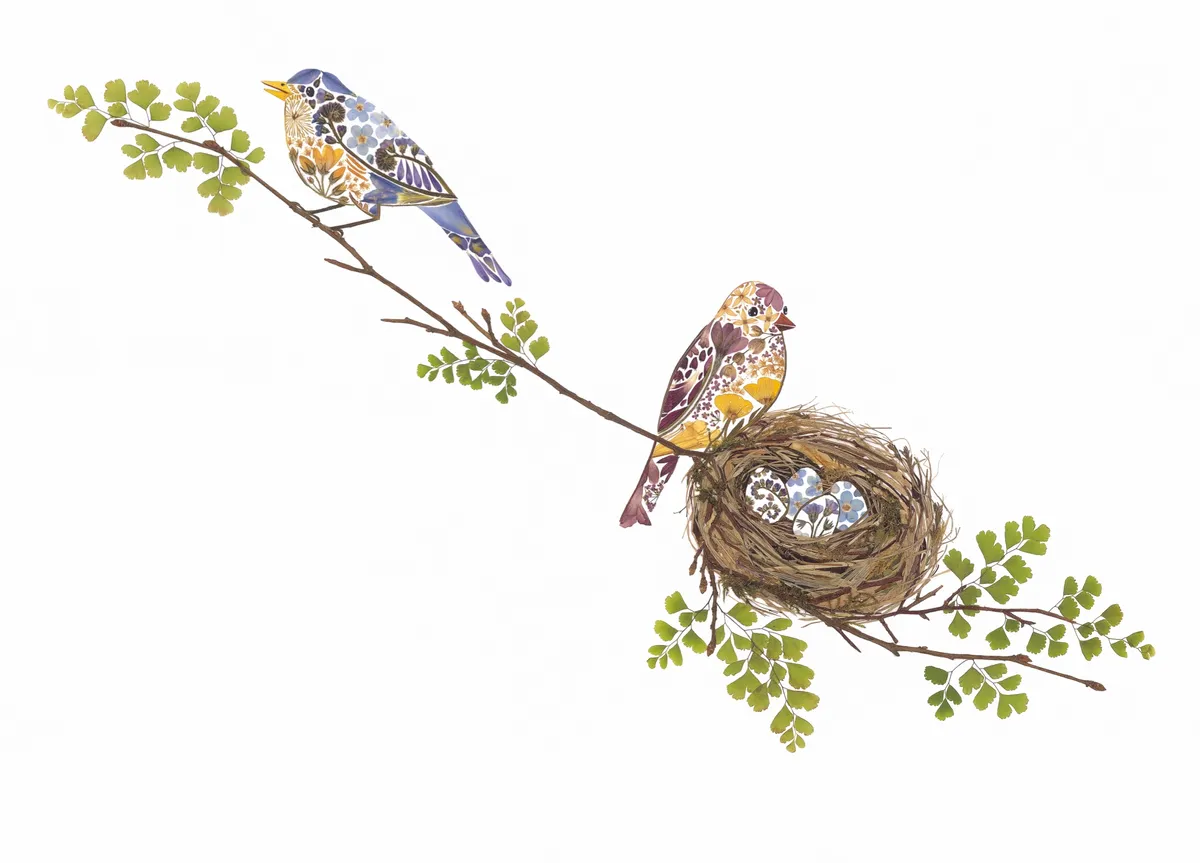
Look carefully in spring and you may see busy birds with beaks full of twigs, grass and moss — all the materials they need for nest-building. Once a nest is complete and the eggs are laid, parents take turns sitting on them until the first chicks appear.
If everything goes to plan there will be plenty of food for the chicks by the time they hatch – and they don’t take long to start demanding food. Many birds lay their eggs so they hatch just as the first juicy caterpillars appear. This clever timing means they’ll never have far to fly to gather food for their young.
Summer
As the year approaches its longest day, the weather gets hot and wildlife thrives. Crowds of insects are a welcome meal for birds as they arrive from their long migrations. Young families born in the spring are getting bigger too, and you'll see them gradually venturing further from home. All this is set against a colourful backdrop of flowers - a summer showstopper perfect for attracting bees.
Swallows swooping
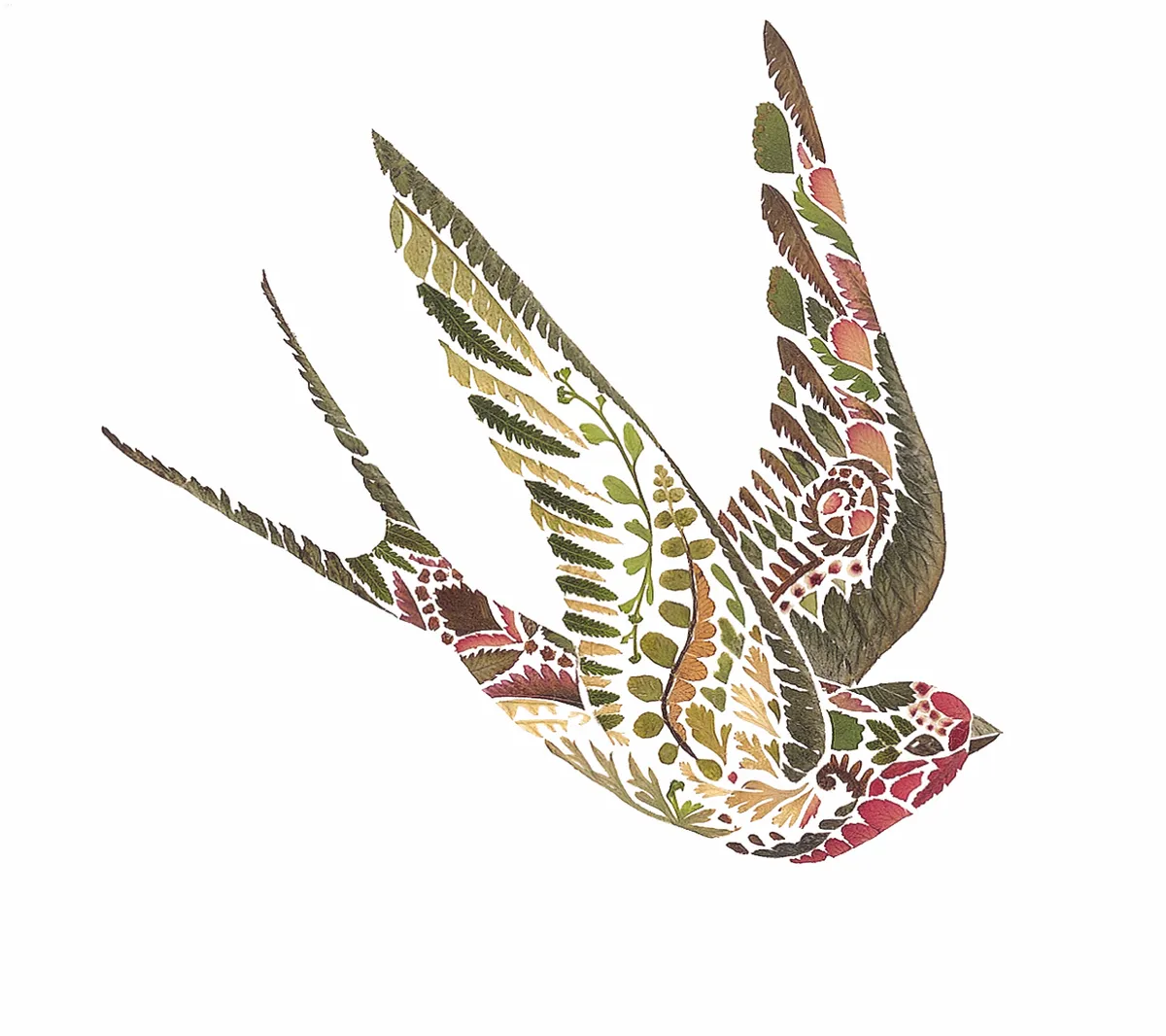
Swifts and swallows fly with the seasons, following summer from place to place. Their fleeting visits are timed to make the most of the season’s riches, as they gorge on all the insects they can catch.
At the start of summer, swifts and swallows arrive in their thousands, filling the skies as they pursue their prey of newly emerged insects. As their name suggests, they are remarkably fast flyers, diving and turning in mid-air, sometimes flying just inches above the ground. When not in flight, they can often be seen perching together in long lines along branches or power cables.
In the meadow

Out in the meadow, summer is in full swing — poppies sway in a gentle breeze and the crops turn golden in the sun. Meanwhile, nimble harvest mice climb the stalks in search of a mid-summer feast. Since the wheat was sown in spring it has grown tall and strong, and now its heads are heavy with grain. At summer’s end the crops will be harvested: the wheat grains will be ground into flour and its stalks will be dried to make straw.
In the midst of the field, harvest mice scurry up and down the crops. They are agile climbers, using their flexible tails like safety ropes as they run and leap. It’s a long way down but only up here will they find their favourite foods – berries, seeds and tasty crops such as wheat and corn. Their neat, round nests are woven together from blades of grass and tucked up to a metre high between tall plants. Here their tiny babies will be safe from most predators.
Autumn
The nights grow longer, the days grow cooler and the trees grow heavy with ripening fruit. Food is still plentiful, but all the signs show that winter is on its way. Animals hurry to make their preparations, tending to their burrows and gathering stores. They must fatten up before the cold season or else leave their summer homes and make their way towards warmer lands.
Forest fungi

Autumn is the best time of year to see mushrooms and other fungi as they burst up across the forest f loor in incredible shapes and vibrant colours.
A mushroom or toadstool is the only part of a fungus we can see. Most of it is completely hidden underground as an invisible web of threads winding through the soil. When the heavy autumn rains fall, they make fungi spring up above ground, revealing the part we call the fruit. Look out for fungi round the trunks of trees, along the edge of fields and growing in piles of autumn leaves.
While some fungi are safe to eat, many are poisonous. Only the most experienced experts can tell the difference between the two.
Deer rutting
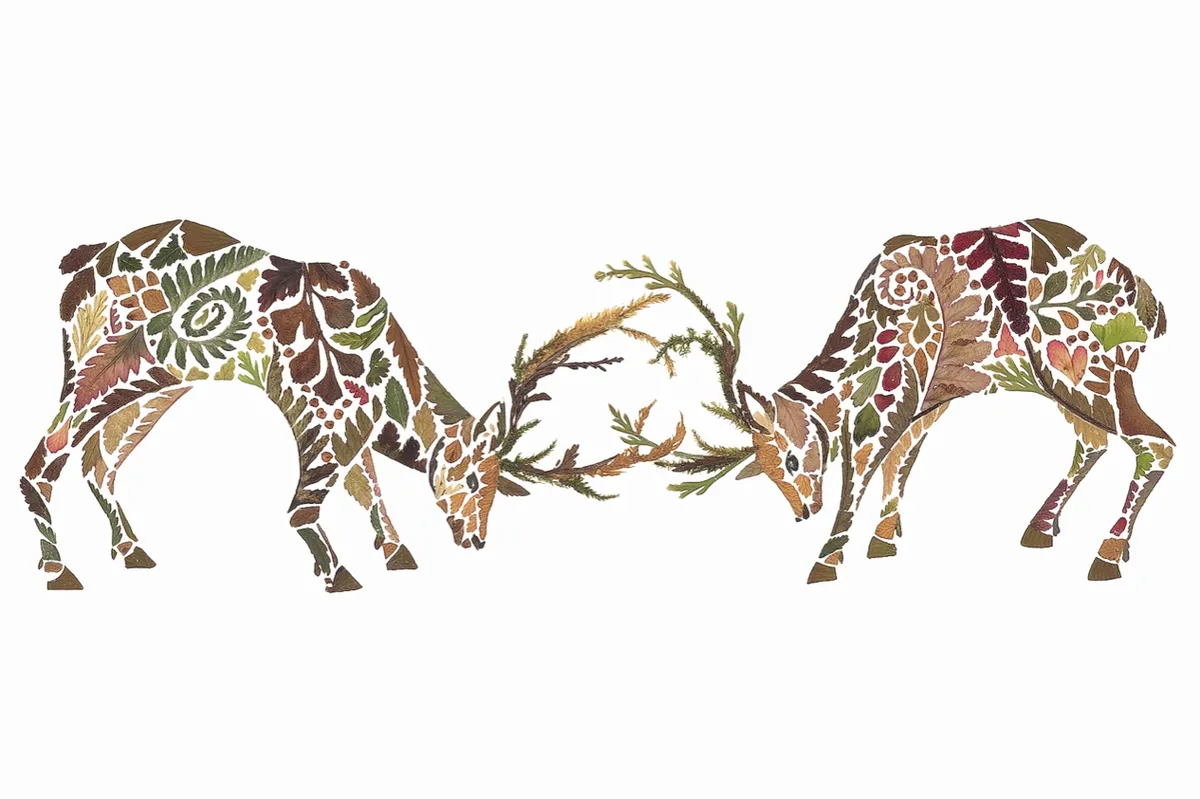
As the sun rises and the autumn mists part, they reveal a great battle about to commence. It is the start of the annual deer rut when males compete for the right to mate — and competition is fierce.
Two stags eye each other from a distance, turning their heads to the side to fully take in their opponent. Then, with perfect timing the stags launch at each other, their bony antlers crashing together with a loud ‘crack’. Each rival aims to get to higher ground and knock the other male off balance.
It is a long, drawn-out fight and a dangerous undertaking. Ruts can result in injury and even death, but the risk is well worth it. The winner will become the dominant male in the herd and have his pick of mates. At the end of the battle he bellows loudly to announce his victory. Unseen, the loser retreats into the mist. He will have to try his luck another time.
Winter
Winter can be a hard time in the wild. It is cold and dark, with frost and sometimes snow on the ground. Animals are scarce as many migrate or hibernate, and those that stay are tucked away inside shelters. But just look and you can still see signs of life, from froster spiderwebs to paths of pawprints in the snow. Listen, too, and you will hear birdsong, even in the depths of winter.
Hibernation

For some animals, the only way to survive winter is to go into a long, deep sleep called hibernation. During this time an animal does not eat, its body temperature drops and its heart rate slows right down, helping it to conserve energy.
Hibernating animals must eat as much as possible over summer and autumn, in order to build up their fat reserves. Then, as the weather gets colder, they will find somewhere safe to sleep: it needs to be sheltered from the worst of the winter weather and safe from predators. Small mammals such as mice and hedgehogs curl up in nests of leaves
or burrows, while other animals look for shelter in caves, inside trees or tucked away underneath piles of logs.
Robin redbreast
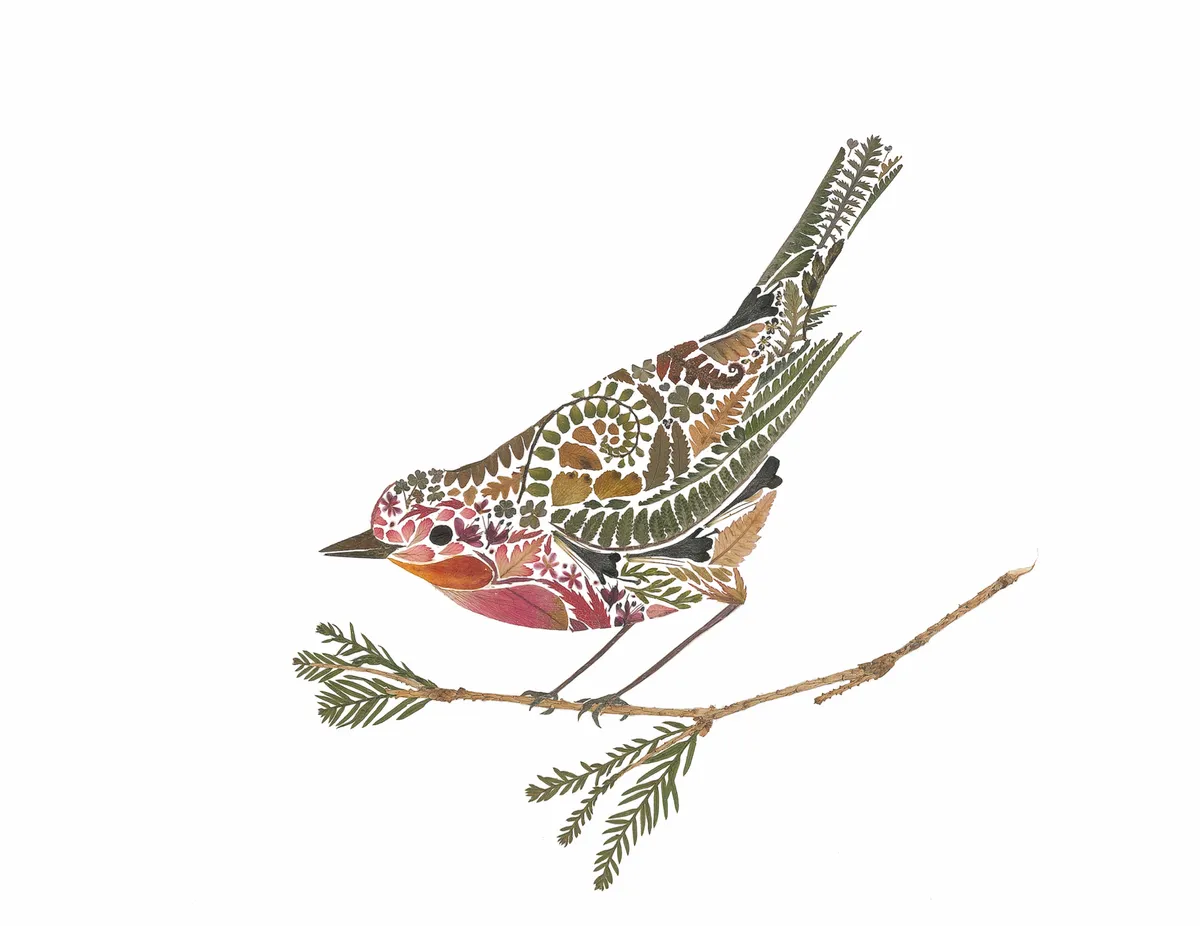
A chirrup of birdsong and a f licker of red reveal a robin hopping across the snowy ground. He has spotted a rival male and there’s not much that can stand in the way of this feisty little bird.
Most robins stay in the same place year-round for one simple reason – they are fiercely territorial birds and will defend their patch from intruders at any cost. For the same reason, robins are also one of the only garden birds to sing all the way through winter. They use their song to mark their territory and scare away competition.
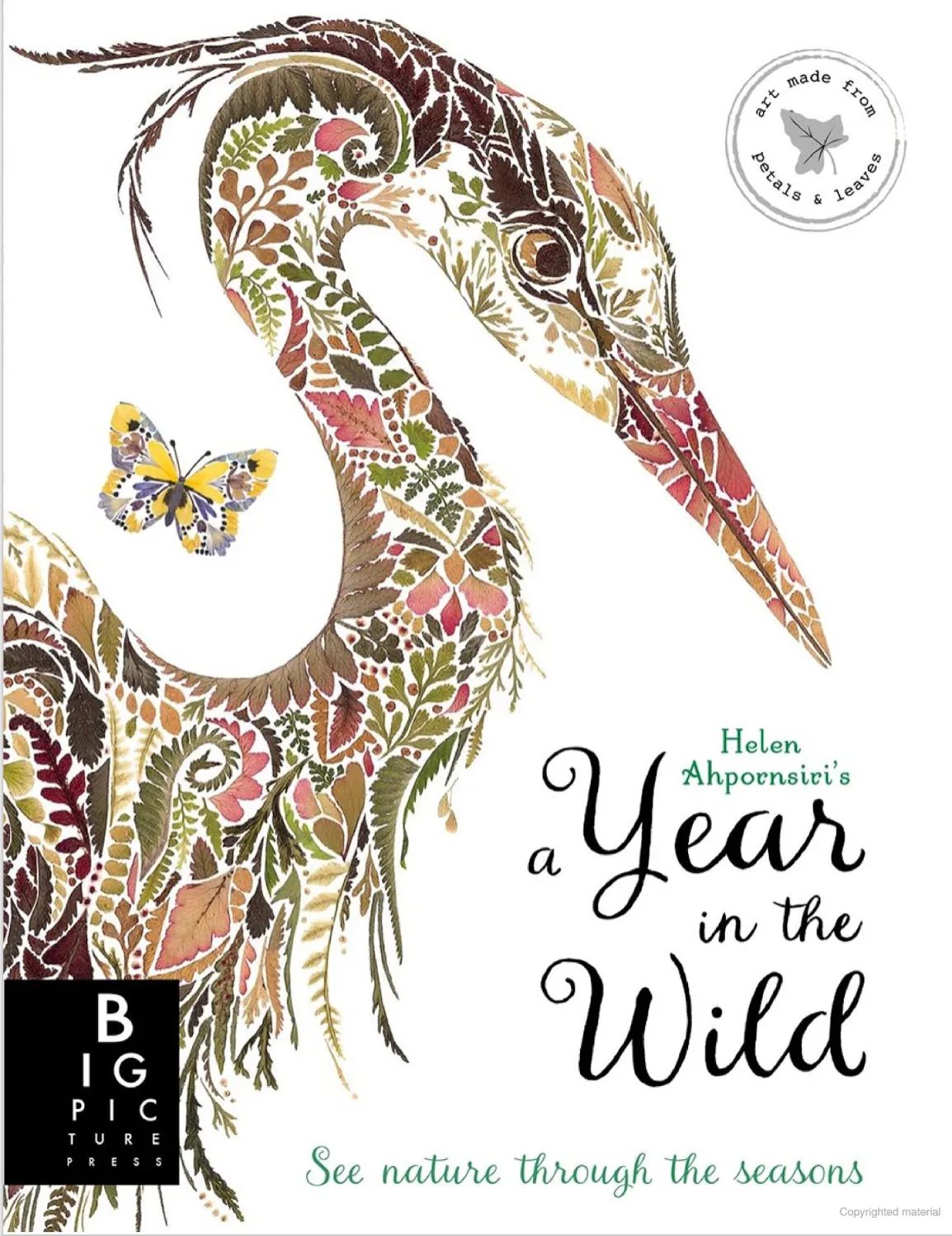
This is an abbreviated edited extract from A Year in the Wild by Helen Ahpornsiri, published by Big Picture Press.
